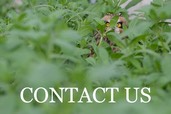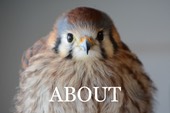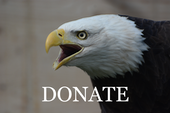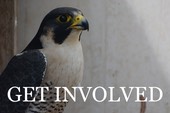American Crow 20-614
Passersby stopped and picked up a Crow that was standing in a street in downtown Kennewick. It was apparent the Crow had an injured wing. Sadly, a radiograph left no doubt that the Crow had been shot. The wing was too badly damaged to be repaired and the bird was humanely euthanized.

Bald Eagle 20-616

A young Bald Eagle was found in Wallowa County in northeast Oregon Friday afternoon (120-some miles from Pendleton). After a couple of phone calls and texts, arrangements were made to transport the eagle to Pendleton on Saturday morning. ODFW biologist Shane transported the eagle to Imbler and delivered him to volunteer Donna. Donna met Winnie at the I-84 Mt Emily exit between Pendleton and La Grande. Winnie had the eagle in the Pendleton clinic before 10 am. Another great example of teamwork! Thank you everyone!

A physical exam revealed the eagle had two fractures in his left ulna. The pieces of bone were fairly well-aligned. The radius was also intact allowing it to work as a splint. The wing was immobilized with a figure-8 bandage. Blood work showed the eagle had a lead level of 49.1 micrograms/deciliter. That is considered subclinical lead poisoning and chelation was started.
We are fairly confident that the blood lead level can be significantly reduced and that the ulna fractures will heal. The amount of damage in the elbow and wrist is unclear. We will do periodic physical therapy to prevent the joints from freezing up. With luck the ulna fractures will be sufficiently healed to remove the bandage within two weeks.

Bald Eagle 20-597 Update
It has been a long slow road to recovery for 20-597. The eagle had head, chest, and pelvis injuries from being hit by a vehicle. His initial white blood cell (WBC) count was elevated at 18,100 and his blood lead level was 46.4 mcg/dl. One course of chelation reduced the lead level to 11.8 mcg/dl - good news. After a week of antibiotics his WBC count had increased to 31,600. Obviously, the antibiotic was not working! We switched antibiotics which had a side effect of causing nausea. He had no interest in food. For five days he received a large bolus of IV fluids to keep him hydrated. Once the second antibiotic was finished we slowly reintroduced oral fluids and his appetite returned. Now, nearly three weeks after admission he is eating whole food on his own and is much steadier on his feet - the pelvic fracture is healing. He still doesn’t have a typical Bald Eagle attitude, unlike 20-616 who is happy to bite anyone who gives him an opportunity, but he is making good progress. The wing bandage in the photo below is keeping his wing from flexing and pulling out the IV catheter we had been using to administer fluids.








